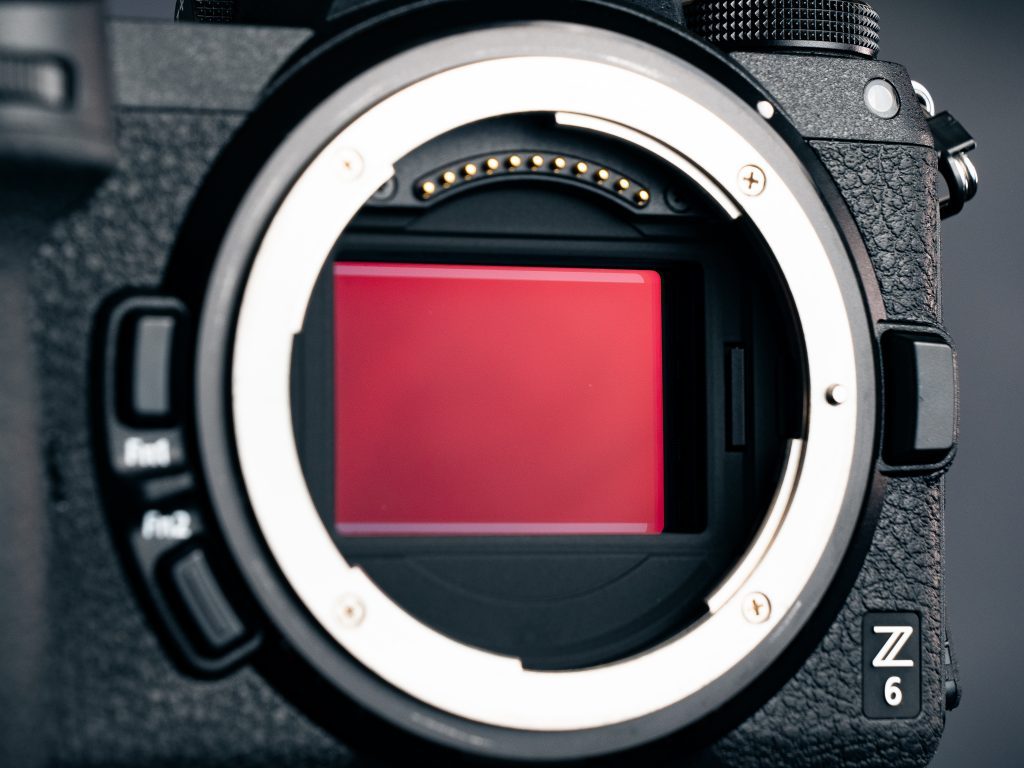
Up until fairly recently, the easiest method of reducing vibration, or « camera shake », was to use a tripod. This was certainly effective, but somewhat cumbersome – and in some environments even illegal.
Having some kind of stabilisation is important for almost all types of photography as there are very few situations (apart from brilliant sunshine or flash photography) where the photographer is free to select his aperture values with a total disregard for the amount of light available.
Image Stabilisation (or VR in Nikon speak) was certainly an important breakthrough, and since it’s earliest days has been essentially lens-based. For the most part this works on two axis, pan (left to right) and tilt (up and down) and involves a floating element within the lens array controlled by two piezo-electric sensors that react to the pan or tilt movement. This will obviously increase the mechanical and electronic components within the body of the lens,
With the arrival of the Nikon ‘Z’ series, the VR has become IBIS – In Board Image Stabilisation. Instead of a floating element within the lens, it’s the sensor itself which moves. It’s mounted on strong springs and linked to a mechanism that moves it vary rapidly into the correct position, depending on where the movement is coming from.
This now functions on 5 axes – and is said to allow a five stop reduction in the minimum possible shutter speed. This has the effect of reducing the overall size, and allowing for lighter and more robust lenses (less internal moving parts) – ideally it should also make them less expensive, but I frankly don’t think that was ever factored in by the manufacturer.
Interestingly Canon, Nikon’s arch rival, don’t seem to have gone the « on board » route, and the Canon EOS R uses newly developed lenses, with a new mount like Nikon, but these lenses have the IS like their DSLR Brothers. In discussion with the ‘experts’ who sell both systems, they seem to think Canon slightly missed the boat on the mirroless front, and that what they have produced is possibly less than perfect. They also seem to think that Nikon started their development a long time ago, having predicted a « sea change » in digital photography. I’m sure the cameras will handle beautifully – Canon make very good machines, and we’re all wondering if they will now consider the eventual release of a ‘second generation’ mirrorless which will take advantage of this technology….only time will tell
